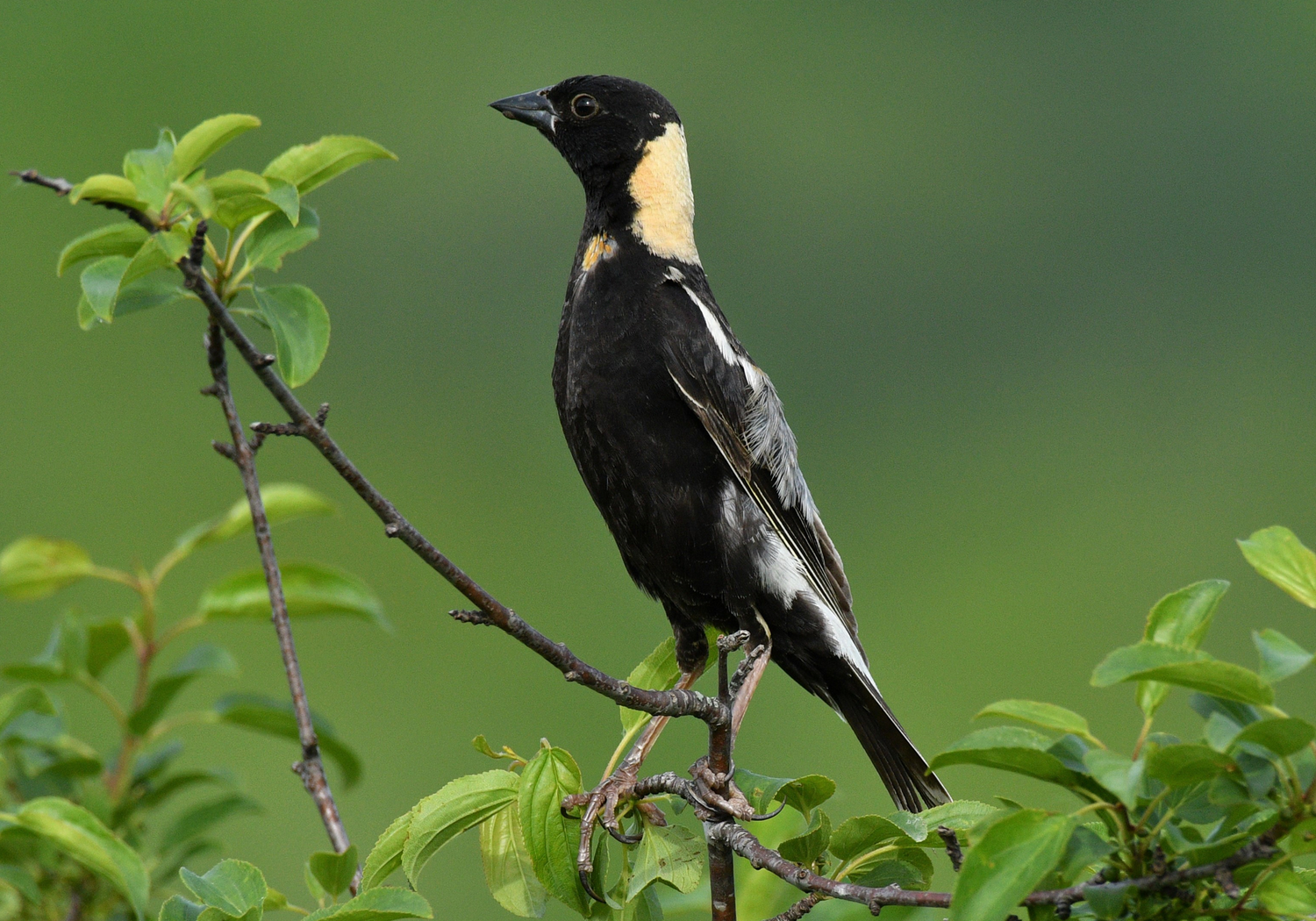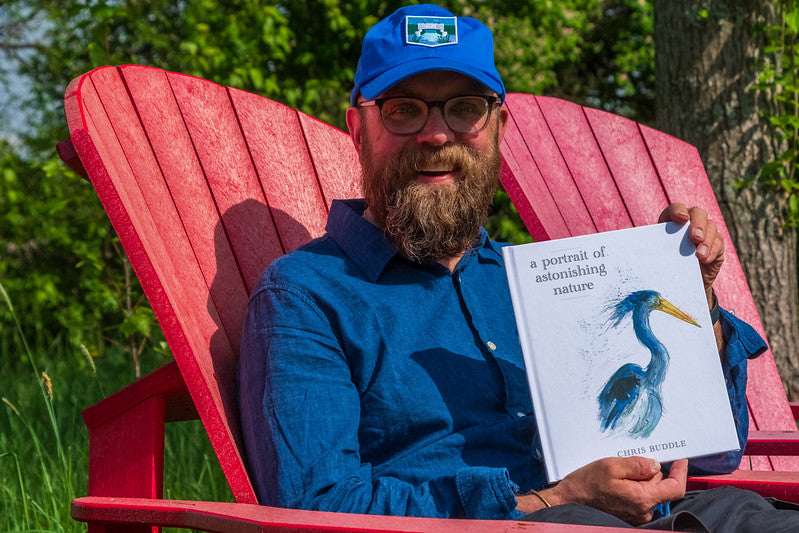



The Creek 53 Conservancy Trust
Help protect Hudson's ecologically important properties for future generations

OUR MISSION
We’re on a mission to preserve the biodiversity and ecosystem integrity of an area of ecological importance and natural beauty within the Hudson escarpment and the Creek 53 watershed.
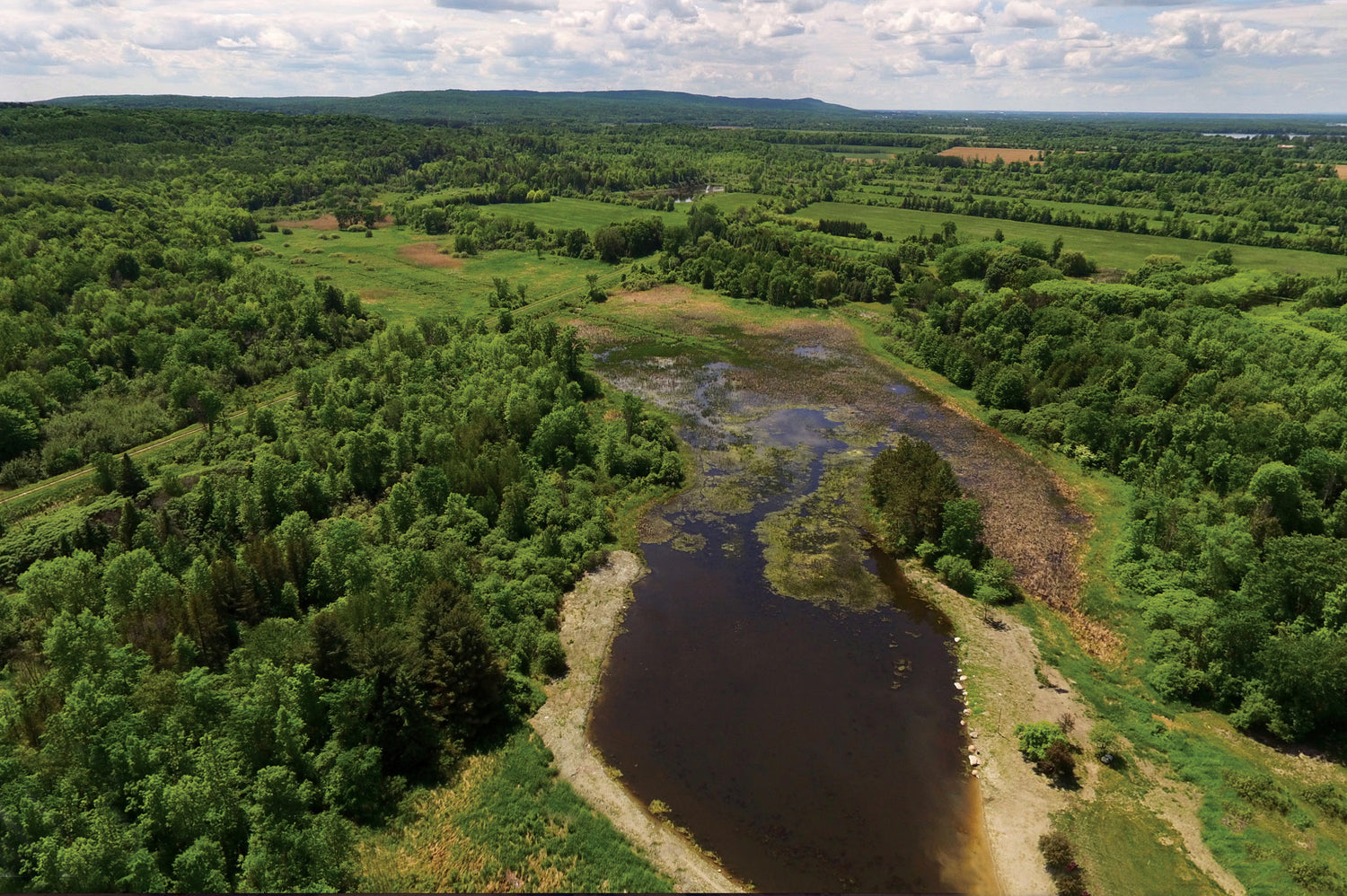
The territory
The western portion of the municipality of Hudson is host to an area of tremendous ecological value. The 250-hectare area defined by the Hudson escarpment and its surrounding watershed is a mosaic of wetlands, fields, meadows, forests and woodlands. These diverse natural habitats are essential to the flora and fauna that depend on them.
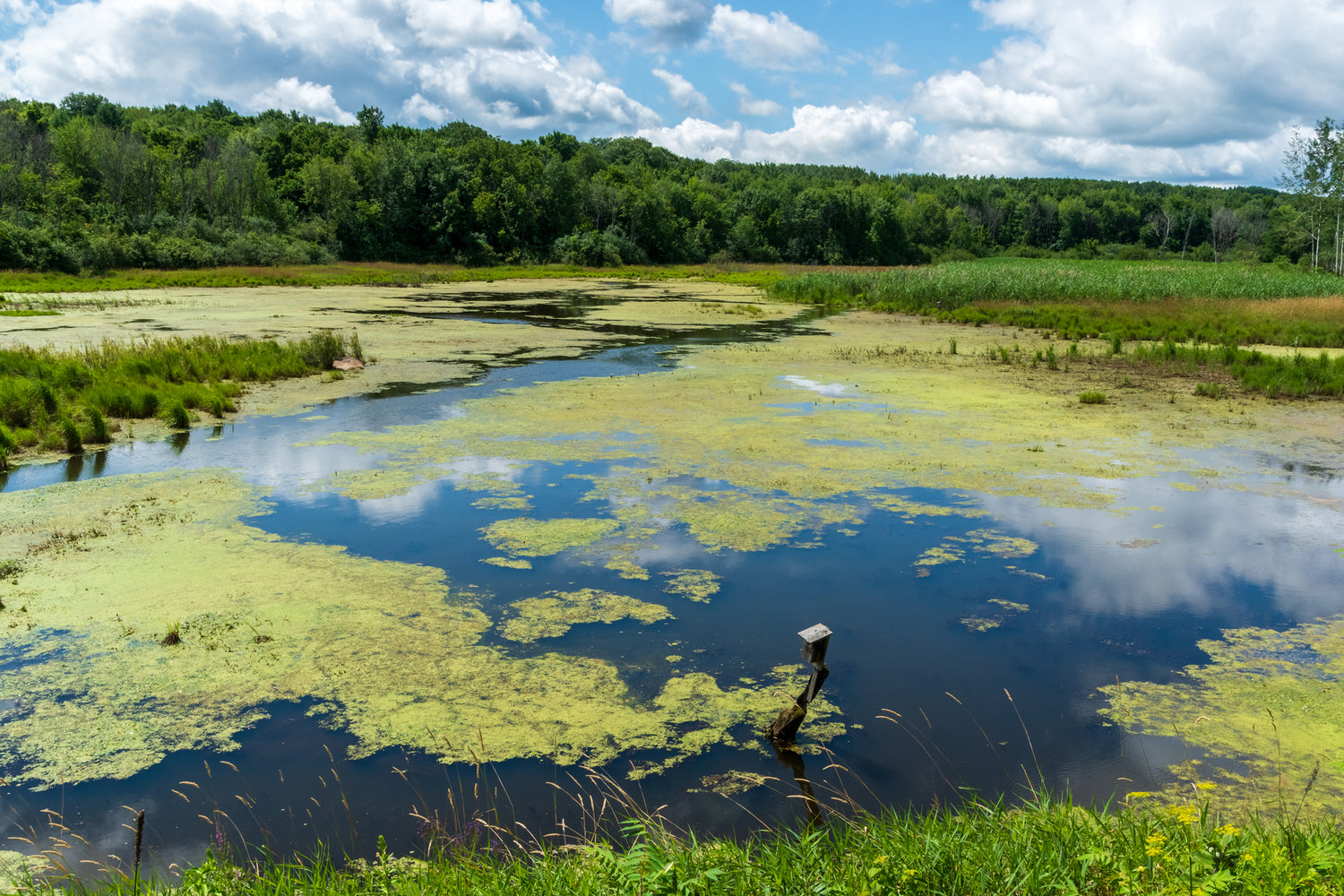
Wetlands
Wetlands are some of the most productive ecosystems on the planet by performing a number of ecological functions, including carbon storage, water purification, and flood prevention. Over 80% of the wetlands in the greater Montreal area have disappeared due to agricultural purposes and residential and industrial development.
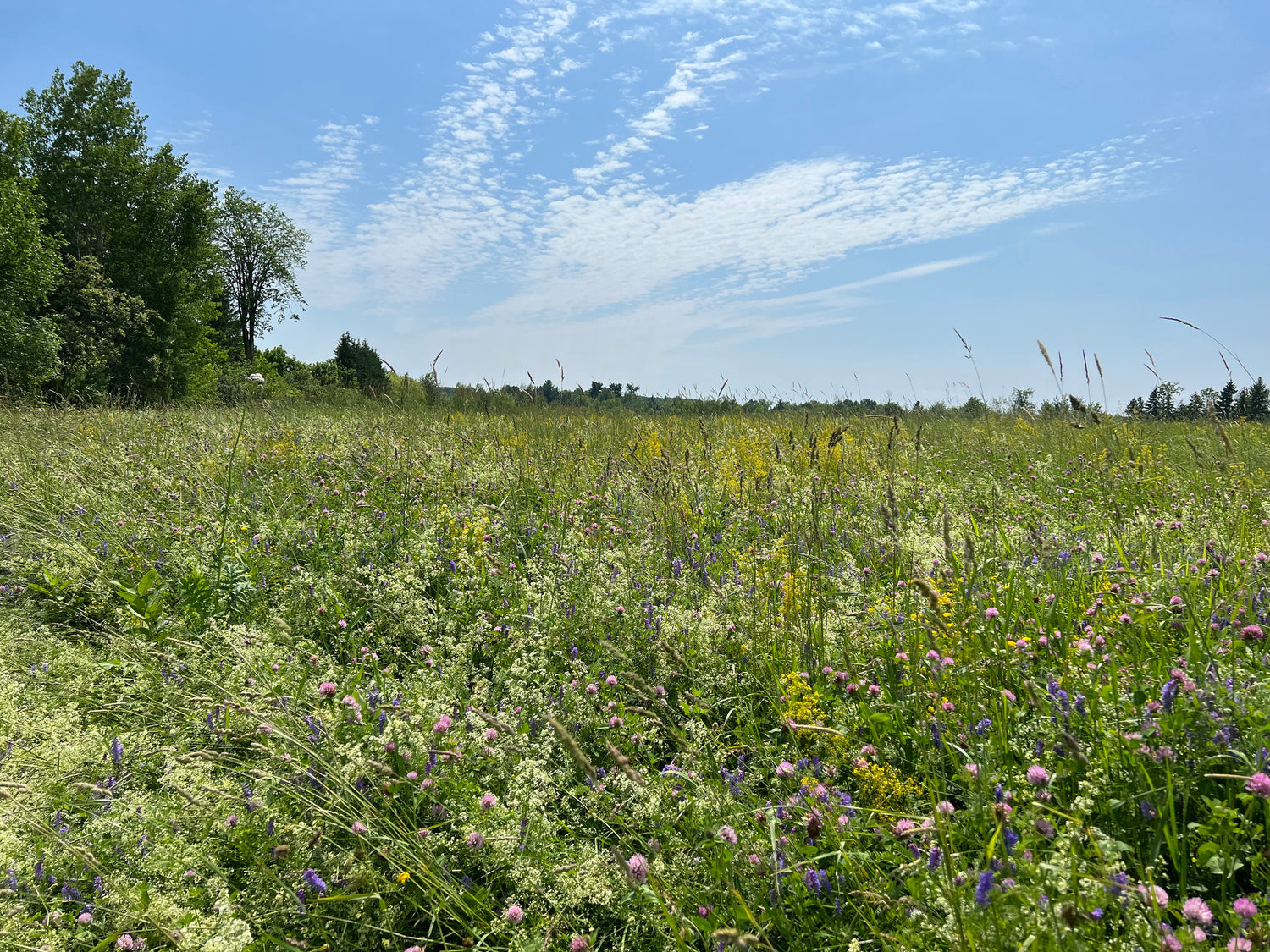
Fields and Meadows
The evolution of agriculture in recent decades has had an important impact on species associated with open-country environments. Open-country birds are showing the greatest and most consistent declines of all groups of birds around the world. More than 60% of the species in this group are showing a significant decline.
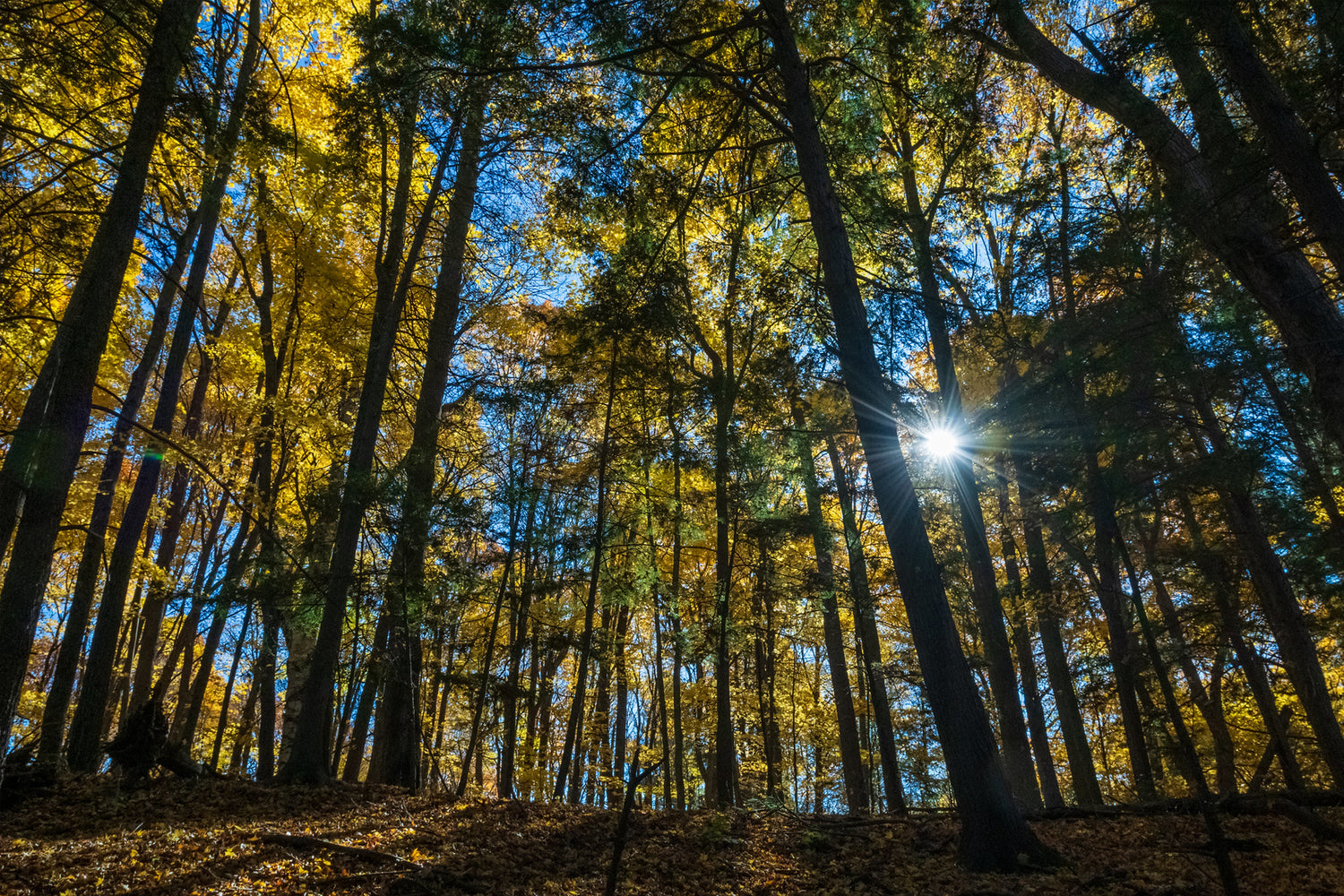
Forests and Woodlands
Forests and woodlands perform valuable services for us. They store large quantities of carbon, regulate air and water quality, reduce heat islands, contribute to biological control and crop pollination. A significant decrease in biodiversity is observed when the forest cover of a region drops below 30% of its land area. In the greater Montreal region, the forest cover now represents 17% of the land area.
Our Values
-
COLLABORATION
We’re all in this together. Protecting and preserving the natural world is a team effort for the benefit of present and future generations. We value working with like-minded individuals, organizations, institutions, landowners, and other stakeholders to share knowledge, skills, and expertise. We leverage our collective strengths and resources to find solutions to conservation challenges.
-
RESPONSIBILITY
We take our mission very seriously. We are committed to the ethical and responsible stewardship of the lands under our protection. Nature is our only client and we recognize our responsibility to pursue our mission in a manner that is sustainable, economically viable and socially just.
-
LEARNING
We value learning, whether through outreach activities, education, or research. We create opportunities and resources to share knowledge. By fostering widespread appreciation and understanding for the natural world within our community, we build strong support for land conservation. Our research activities and partnerships ensure our conservation efforts are evidence-based.
-
INNOVATION
An innovative and adaptive mindset is critical in our rapidly changing world. We eagerly explore new ideas and approaches to address the existing and emerging challenges of land conservation. We use new approaches, technologies and techniques to improve mapping, monitoring, and data analysis to ensure effective conservation planning.
Ways to support us
From our notebook
View all-

Birds, Buddies, and Beers
Two local artists are joining forces to co-present their distinct talents and show their art at Cardinal Brewing at a 'beernissage' - September 16, 7 pm.
Birds, Buddies, and Beers
Two local artists are joining forces to co-present their distinct talents and show their art at Cardinal Brewing at a 'beernissage' - September 16, 7 pm.
-

Plastic Pathways
This summer, Environment and Climate Change Canada launched a new project to investigate microplastics in the wetlands of Creek 53.
Plastic Pathways
This summer, Environment and Climate Change Canada launched a new project to investigate microplastics in the wetlands of Creek 53.
-
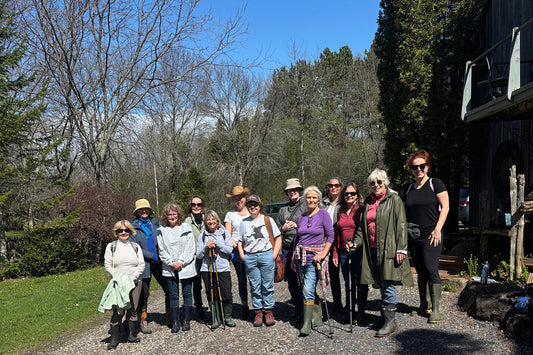
Gone in a Flash, Rooted in Wonder
I had the privilege, with 12 other members, of the Hudson Garden Club to do a walking tour with Dr Frieda Beauregard on May 10 through the lands of Creek...
Gone in a Flash, Rooted in Wonder
I had the privilege, with 12 other members, of the Hudson Garden Club to do a walking tour with Dr Frieda Beauregard on May 10 through the lands of Creek...

